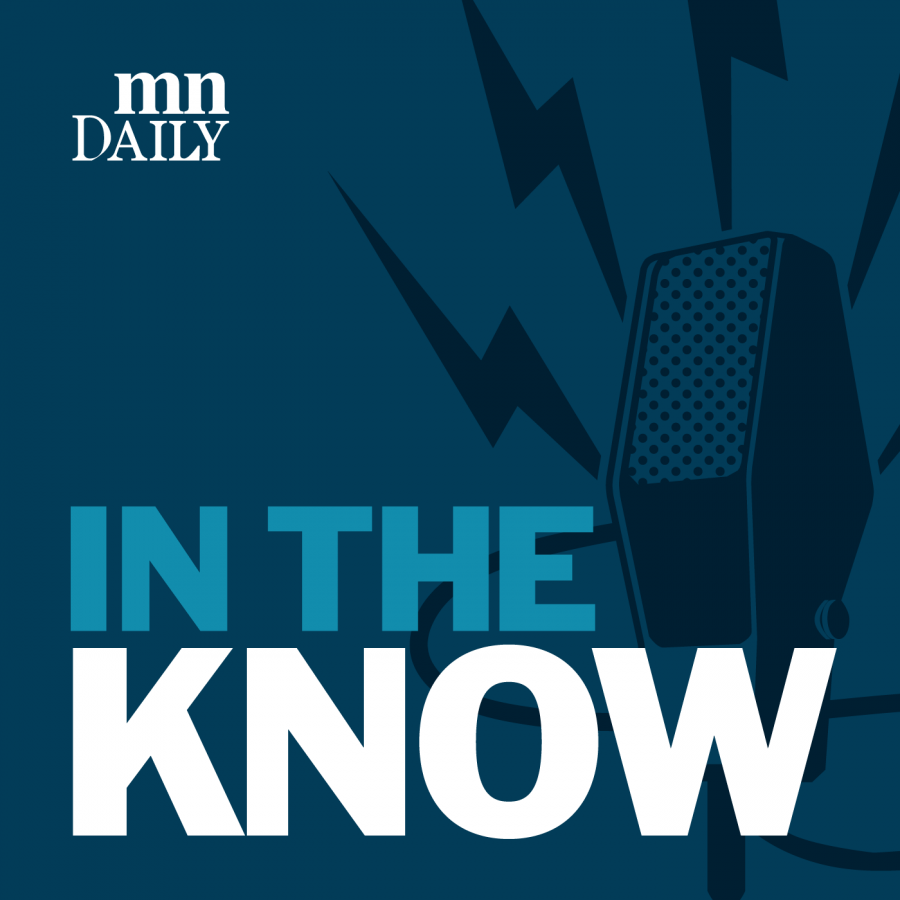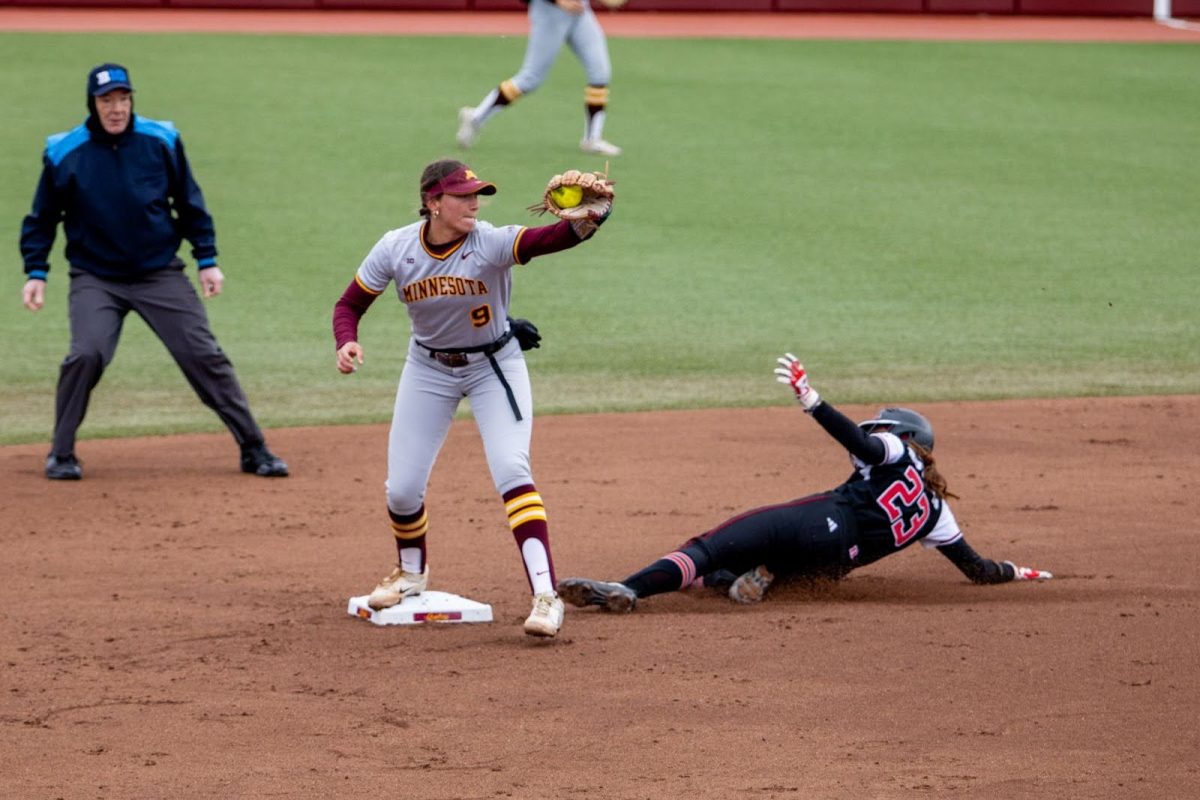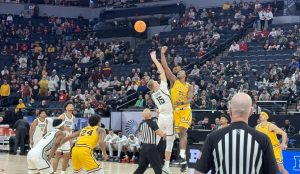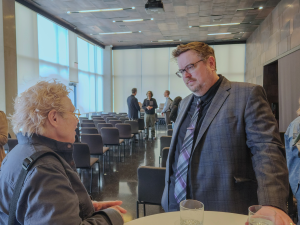Research suggesting people use different parts of their brains when making different types of decisions might have such far-reaching implications as explaining the choices drug abusers make or why our financial institutions have evolved as they have.
Published last week by University neuroeconomics researchers, the study used brain-scanning technology to monitor people’s brain activity while they participated in a simulated lottery. Researchers found the part of the brain used in decision-making changed depending on whether the context of the decision involved more risk or more certainty.
John Dickhaut, a University accounting professor and study researcher, said findings might provide a better picture of decision-making than traditional economic theory.
“We’re saying, in a sense, that choice is a process,” Dickhaut said. “Traditional economics doesn’t consider the process.”
Dickhaut said traditional economics suggests all gambles are made the same way, while their brain scans suggest there are multiple risk-assessing processes occuring.
During the study, subjects were presented with the choice of participating in one of two lotteries, each with the potential to win or lose money. However, there were two lottery categories involving different amounts of risk.
In the “risky” category, both lottery options involved risk. In the “certainty” category, only one lottery involved risk, while the other had a certain outcome.
Jose Pardo, a University psychiatry professor and the study’s lead researcher, said the subjects were more averse to risk in the certainty category than the risky one.
“It’s known from economics that people are ‘risk-averse’ when they’re winning, and they become ‘risk-preferring’ when they’re losing,” Pardo said.
Dickhaut said to understand the concept, suppose a person is given two choices: a certain loss of $10, or a 50-50 chance of either losing $20 or losing nothing. The study showed a person will risk losing $20 for the chance of losing nothing, instead of choosing to just give up $10.
Researchers also found that, although subjects made the same decisions in both the risky and certain lotteries, their reaction time and brain activity differed.
Brain activity, monitored using positron emission tomography scans, showed blood flowed more to different parts of the brain depending on whether subjects were in the risky or certainty category.
In the risky category, choices involving potential gains resulted in more blood flow to a part of the brain linked with emotion. When making choices involving potential losses, blood flowed more to an area associated with calculating and arithmetic.
Pardo said although the different choices might not be directly linked to emotion or calculation, the results do suggest there are multiple choice-making systems in the brain.
“It’s not, probably, just one choice system; it’s probably multiple choice systems.”
Pardo said some systems use inner intuition, while others use things like arithmetic and probability calculation.
Neuroeconomic’s applications
Pardo said this research might be applied to diseases like pathological gambling and drug abuse.
Pathological gamblers continue gambling even when they keep losing, and drug abusers choose to use drugs even with negative cognitive, social and economic feedback, he said.
“Are they perhaps not using the right choice system, or does the use of drugs, in essence, modify (the choice systems)?” Pardo asked.
Dickhaut said neuroeconomic research could help explain why our economic institutions evolved as they did. For example, the different structures for purchasing stocks or bonds might have developed because of how a person’s brain deals with risk.
Dickhaut said playing the stock market is analogous to making a decision in a risky environment.
Aldo Rustichini, a University economics professor and study researcher, said neuroeconomics could shed light on how financial, political and even household decisions are made.
If researchers attempt to study those types of choices, they will need a more sophisticated model of decision-making, developed using the University’s neuroeconomic research.
“Ultimately, it’s an understanding of human behavior in its elementary components,” Rustichini said.
Dylan Thomas welcomes comments at [email protected]










